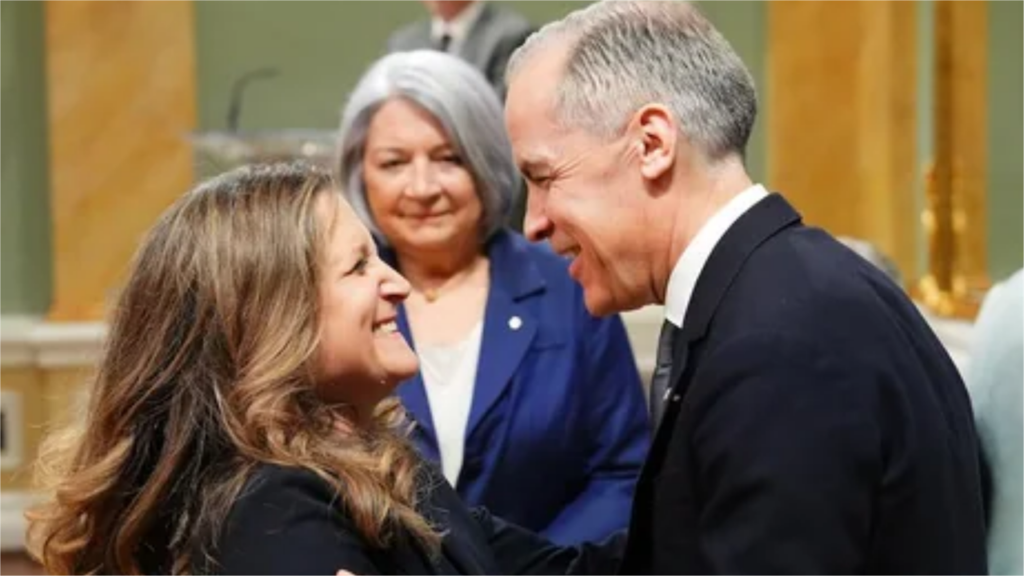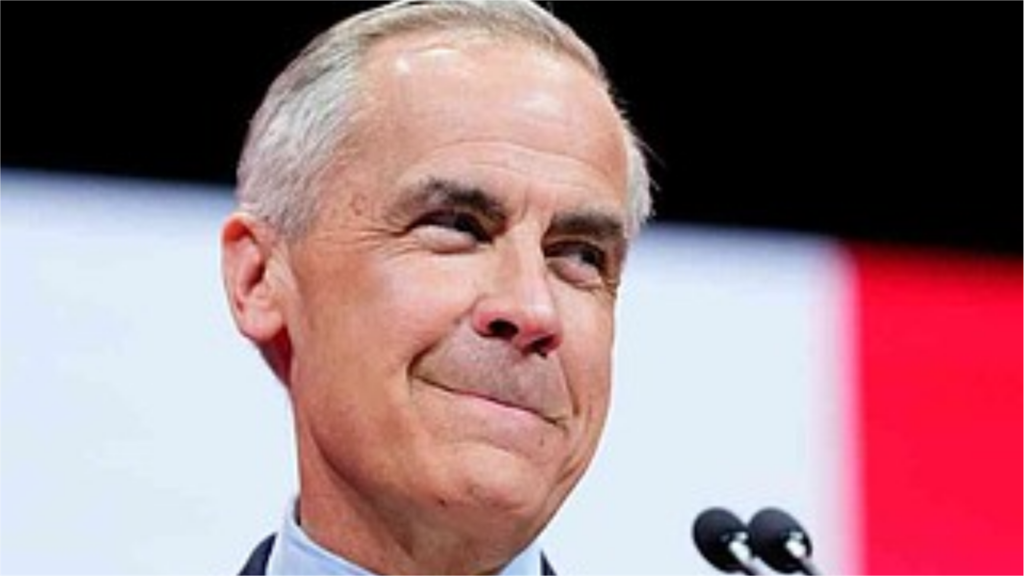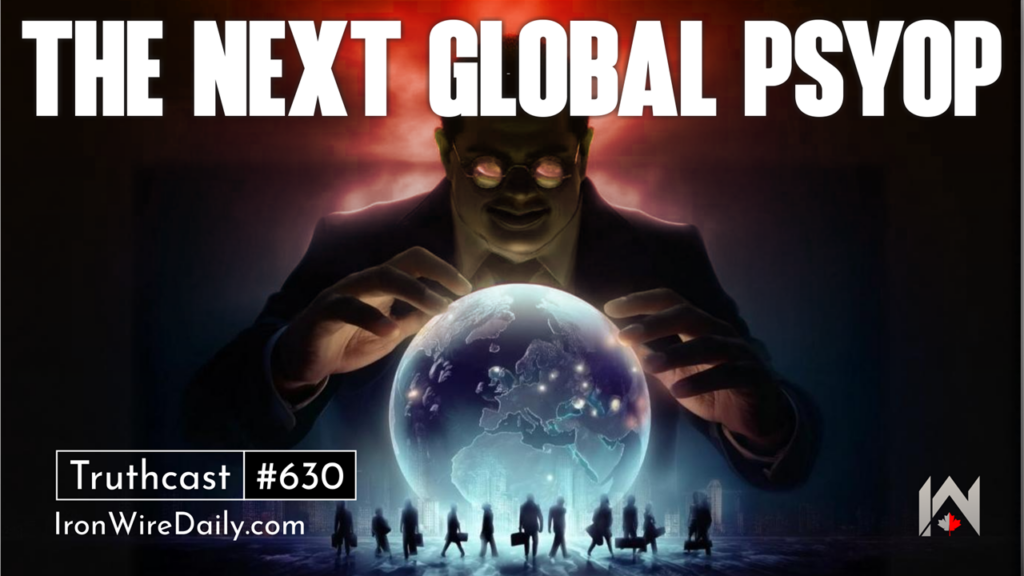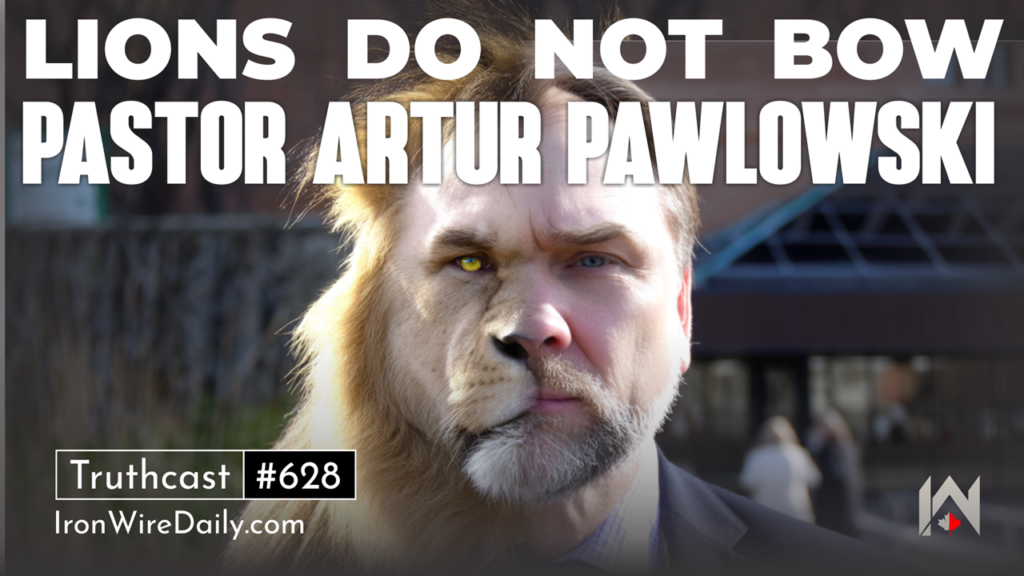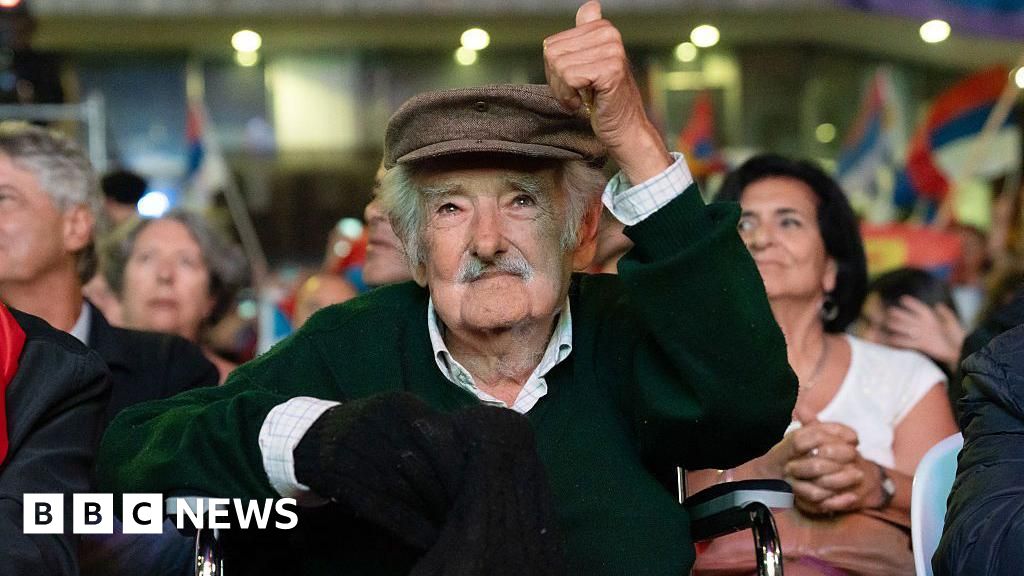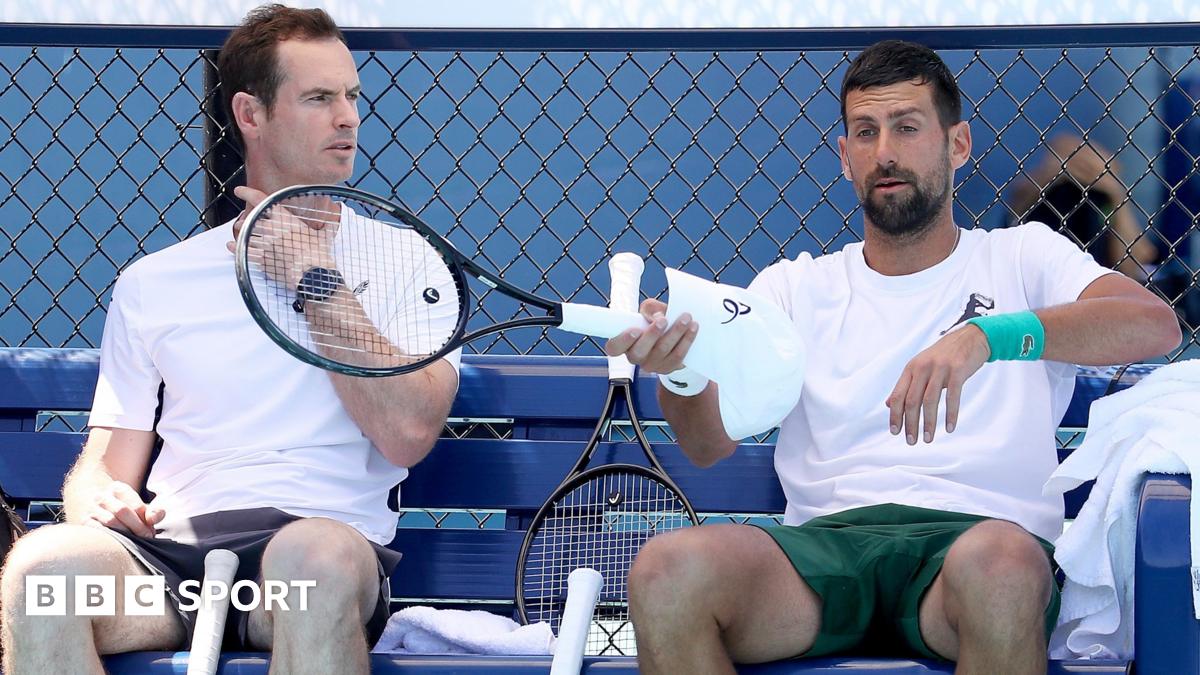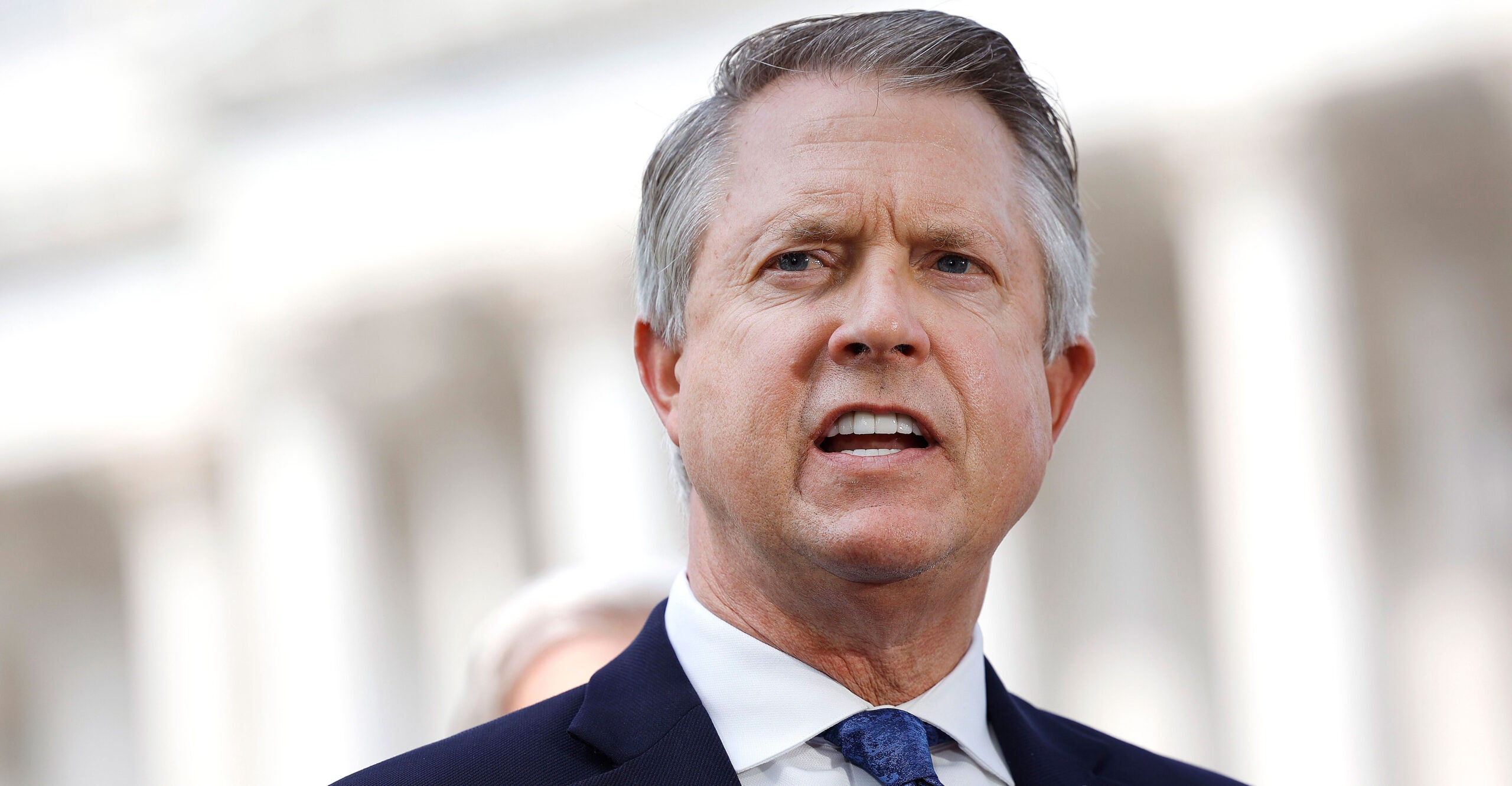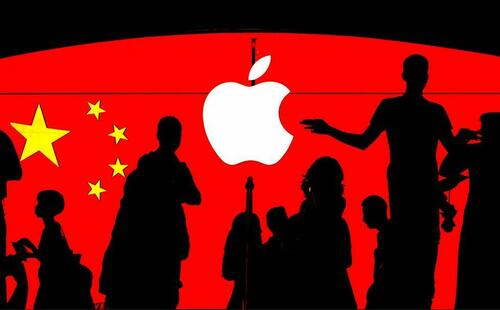What are Pope Leo XIV’s priorities and why did he choose that name? – LifeSite

Tue May 13, 2025 – 12:31 pm EDT
VATICAN CITY (LifeSiteNews) — What exactly will Pope Leo XIV’s papacy look like? The American Pope has given signs of his personal priorities, citing Vatican II and synodality alongside missionary activity and resistance to atheistic industrial developments.
Offering his inaugural address to the College of Cardinals on Saturday, Pope Leo XIV’s pontificate was presented to them in sum. He may have been less than 48 hours into wearing the white cassock, but Leo already had his priorities laid out in mind.
Key themes of the new pontificate
Not unsurprisingly, given the focus of all recent pontificates and the focus of the cardinals, Leo highlighted the future as being approached in light of the Second Vatican Council:
In this regard, I would like us to renew together today our complete commitment to the path that the universal Church has now followed for decades in the wake of the Second Vatican Council.
“Practically, such an action plan would follow that as set forth in Pope Francis’ Apostolic Exhortation Evangelii Gaudium,” said Leo, as he pointed to seven “fundamental points” of the text.
Vatican Media video of Pope Leo XIV explaining his name choice to cardinals at the Vatican today. https://t.co/nykBBIuCPE pic.twitter.com/wCkyhbUx8y
— Michael Haynes 🇻🇦 (@MLJHaynes) May 10, 2025
These priorities seem to combine aspects of Francis’ papacy – with a focus on “synodality” – with more traditional aspects of the faith such as the “primacy of Christ,” which was an aspect Francis infamously downplayed in the latter months of his pontificate.
Leo’s papal themes include:
… the return to the primacy of Christ in proclamation (cf. No. 11); the missionary conversion of the entire Christian community (cf. No. 9); growth in collegiality and synodality (cf. No. 33); attention to the sensus fidei (cf. Nos. 119-120), especially in its most authentic and inclusive forms, such as popular piety (cf. No. 123); loving care for the least and the rejected (cf. No. 53); courageous and trusting dialogue with the contemporary world in its various components and realities (cf. No. 84; Second Vatican Council, Pastoral Constitution Gaudium et Spes, 1-2).
Indeed this list is perhaps unsurprising. Ardent devotees of the traditional Mass will perhaps be uneasy at the high priority given to adhering to Vatican II, given the confusion and errors that have been pushed in the name of Vatican II. However, it is nevertheless to be expected that Prevost – ordained in 1982 – would echo the theme even of many more “traditional” cardinals in emphasizing the Second Vatican Council.
But it is a cause for concern for some. Bishop Athanasius Schneider suggested that rather than playing Vatican II as the cornerstone of action, a pope should remember that “our first complete commitment is to Jesus Christ’s Gospel. This is the first commitment of every pope, every bishop.”
Today, I asked Bishop Schneider about his thoughts regarding Pope Leo XIV’s “complete commitment to the path that the universal Church has now followed for decades in the wake of the Second Vatican Council.” https://t.co/zGWg0P4x4w
“I think a pope should not speak so,” His… pic.twitter.com/9f3xgy4UDR
— Matt Gaspers (@MattGaspers) May 12, 2025
Schneider added that Vatican II was always posited as “pastoral” and did not seek to promote “definitive teachings,” and hence should not be the principle way the Church understands Herself.
But Leo’s style, as suggested by many a seasoned Vatican commentator, looks likely to be one combing elements of Francis and Pope Benedict XVI. This was attested to by Leo’s use of quotations from Benedict’s Spe Salvi, to further evidence the primacy he is giving to Vatican II in his pontificate.
Indeed, the American Pope looks unlikely to limit himself to following the example of just two popes. Elements of Francis and Benedict are likely to appear – such as the use of Francis’ term of “synodality” along with the Benedict style of papal dignity – but alongside these it seems that Leo is attempting to emulate the charisma of John Paul II.
As priest and cardinal, Prevost met or served under all three of his predecessors – most closely, of course, with Francis as head of the Dicastery for Bishops. But his character remains his own, and though he will be informed by others, he will not be a carbon copy of his immediate predecessor.
Reason for regnal name
Thursday night was one of many surprises. An American pope shocked many, but so also did his choice of name – Leo XIV, a papal name not used since the death of Leo XIII in 1903.
Theories swiftly began to emerge but it did not take long before Leo himself explained the rationale behind the choice.
It is heavily linked to the aforementioned chief themes of his pontificate but also bears upon Leo’s concern about the development of technology in an increasingly irreligious world. Addressing the cardinals, Leo explained:
I chose to take the name Leo XIV. There are different reasons for this, but mainly because Pope Leo XIII in his historic Encyclical Rerum Novarum addressed the social question in the context of the first great industrial revolution. In our own day, the Church offers to everyone the treasury of her social teaching in response to another industrial revolution and to developments in the field of artificial intelligence that pose new challenges for the defence of human dignity, justice and labour.
The name has given hope to many Catholics desperate for a return to traditional practices and teaching in the Vatican, and certainly a pope named “Leo XIV” might appear on paper to be more likely to effect this than one named “Francis II.”
Prevost has been billed somewhat as a moderate in his views, although his personality is notably different to that of his predecessor and, as such, Vatican insiders are anticipating a pontificate marked by stability and peace. Indeed, his few messages so far have certainly been more Christo-centric and Catholic than those of his predecessor at a similar stage early into the pontificate.
Prevost has been somewhat out of the international lime-light in previous years, despite having been prior general of his Augustinian order twice. It seems likely that this style will continue into his papacy.
Already he has sought to create a prudential distance and formality in the interactions he has had with people greeting him on the street and at audiences. For many who see the papacy in great need of a restoration to the place that it should hold, such an approach is not just welcome but of paramount necessity.
Aged only 69, the Leonine pontificate could far exceed Francis’s 12 years. Time will tell whether such early analysis proves correct.
Closing his address on Saturday, Leo offered a final commentary of how he hopes to live the Petrine ministry. Echoing the words of Pope Paul VI, Leo spoke thus of the papacy:
May it pass over the whole world like a great flame of faith and love kindled in all men and women of good will. May it shed light on paths of mutual cooperation and bless humanity abundantly, now and always, with the very strength of God, without whose help nothing is valid, nothing is holy.
